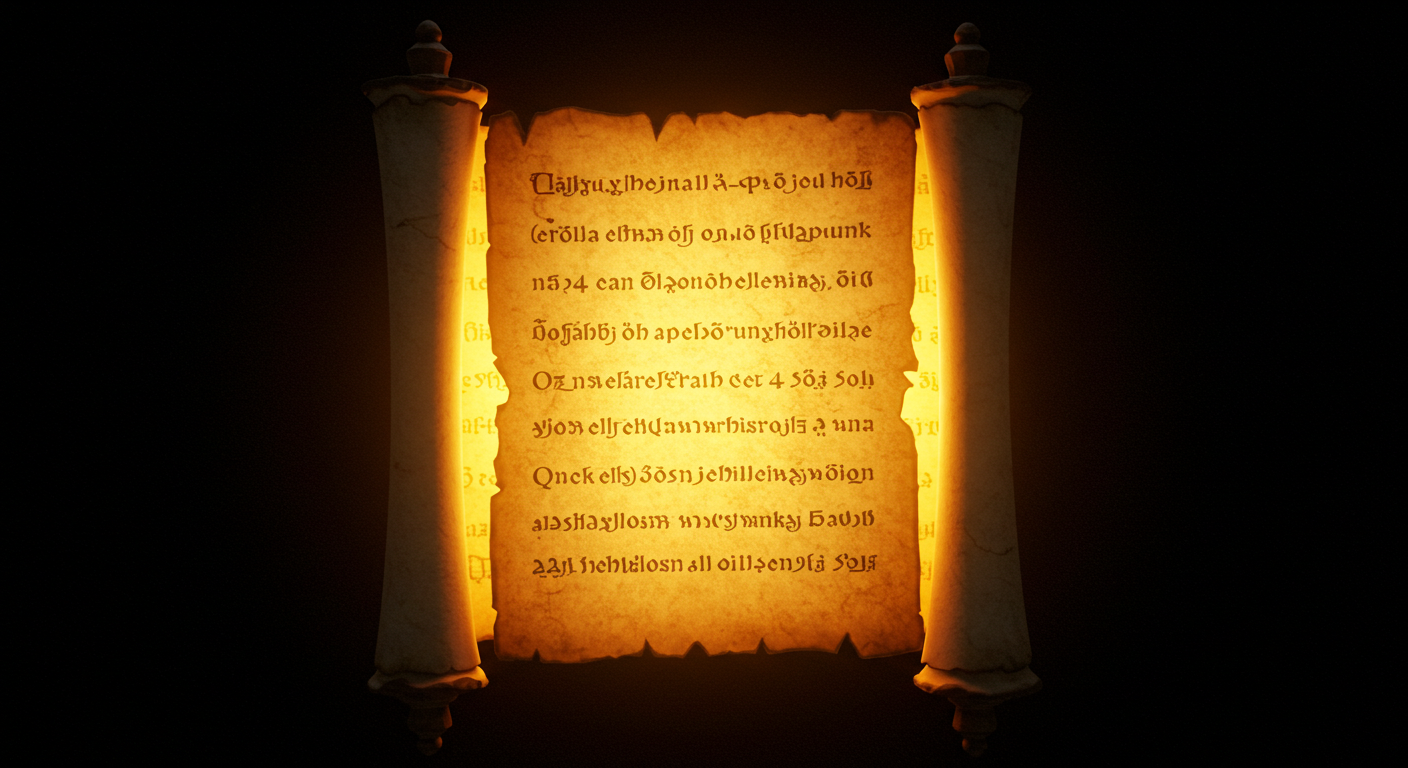Curious about biblical prophecy? Discover the symbolic power of the “little horn” in Daniel 7:8 and its significance through history and theology in our latest exploration.
The Little Horn: What Power Did It Represent? – Daniel 7:8
Welcome! If you’re curious about biblical prophecy, the book of Daniel provides some awe-inspiring insights. One of its standout passages is found in Daniel 7:8, where the prophet Daniel describes a vision involving a “little horn.” Today, we’ll delve into what this intriguing symbol represents, its historical and theological context, and why it still resonates with modern readers. Let’s embark on this enlightening journey together!
Introduction to Prophetic Visions
Definition of Prophetic Visions
Prophetic visions are divine communications delivered to prophets in the form of vivid and symbolic imagery. These visions often contain messages about forthcoming events, divine judgment, or overarching spiritual truths. Their use of symbolism—animals, figures, and other objects—adds layers of meaning that unfold through interpretation and reflection.
Purpose of Prophetic Visions
Why did God choose visions as a medium? The answer lies in their ability to convey complex spiritual realities in a manner that transcends time and culture. These visions served to inspire, warn, and guide both the immediate audience and future generations. They capture God’s sovereignty, His plans for humanity, and offer hope through the anticipation of redemption and the Messiah’s coming.
Historical and Cultural Context
Prophetic visions were received during turbulent historical periods. For instance, Daniel received his vision during the Babylonian captivity, a time of great upheaval and uncertainty for the Israelites. Understanding the historical context—like the politics, social structures, and religious practices of the time—helps us grasp the full impact these visions had on their original audience.
Context of Each Prophetic Vision
Scriptural Background
The vision of the little horn is found in the seventh chapter of Daniel. As part of a larger vision involving four beasts emerging from the sea, each representing successive empires, this specific vision zooms into the details of the fourth beast and its horns. The stage was set for dramatic divine revelations after a series of dreams and visions experienced by Daniel. He was living in a Babylonian empire that was oppressive and foreign to his faith and identity as an Israelite.
Prophet’s Role and Mission
Daniel was more than just a captive; he was a statesman, interpreter of dreams, and an advisor to kings. His mission in Babylon included not only serving in its court but also acting as a vessel for God’s messages. Facing the challenge of remaining faithful to his God while navigating the complexities of a foreign land, Daniel’s visions provided crucial encouragement and guidance to his fellow exiles.

Vision’s Imagery and Symbolism
The imagery in Daniel 7 is rich and multifaceted. The little horn, which emerges among the ten horns of the fourth beast, is depicted as having eyes like a man and a mouth speaking boastful things. This symbolic language portrays a power that is intelligent, boastful, and ultimately antagonistic to God. The number of horns, the appearance of the little horn, and its blasphemous speech all hint at its tyrannical and oppressive nature.
Theological Significance
Interpreting the little horn within a broader theological framework points to themes of God’s ultimate judgment and the eventual triumph of good over evil. The vision not only foretells the rise of arrogant and oppressive powers but also reassures believers of God’s sovereign control over history. Through judgment and the promise of a messianic kingdom, the vision underscores God’s commitment to justice and redemption.
Interpretation of the Vision’s Message
Immediate Message for the Original Audience
For the exiled Israelites, the vision’s immediate message was both a warning and a comfort. The little horn represented a rising power that would further challenge their faith, but Daniel’s vision assured them that such powers were under God’s judgment. The vision reinforced their hope in divine justice and the coming of a kingdom that would never be destroyed.
Prophetic Fulfillment
Historically, interpretations of the little horn have varied. Many scholars link it to Antiochus IV Epiphanes, who desecrated the Jewish temple and persecuted Jews in the second century BCE. Others see it as symbolic of later oppressive regimes, including the Roman Empire. In Christian eschatology, some view it as a representation of the Antichrist or future end-time oppressors. Each interpretation underscores the vision’s ongoing relevance and fulfillment across different periods.
Relevance to Modern Readers
For today’s readers, the vision of the little horn remains pertinent. It offers spiritual lessons on remaining steadfast in faith amidst oppression and injustice. The promise of divine oversight and the ultimate establishment of God’s kingdom provide hope and perspective in turbulent times. The vision encourages us to trust in God’s sovereignty, regardless of contemporary challenges.
Comparative Analysis
Comparison with Other Biblical Visions
When we compare Daniel’s vision with other biblical prophecies, like John’s vision in Revelation, we find striking similarities. Both feature beasts and horns, symbolizing oppressive regimes and powers. These common elements highlight consistent biblical themes of divine judgment and redemption. Despite different historical settings, these visions collectively point to God’s control over history and the promise of a redeemed future.
Historical and Eschatological Perspectives
Historically, the vision of the little horn has been interpreted through various theological lenses. Early Jewish and Christian interpreters viewed it in light of contemporary oppressors. Eschatologically, many see it as a prophecy about end-time events. This vision’s multifaceted interpretations reflect its profound depth and enduring significance in both historical and future contexts.
Conclusion
Summary of Key Insights
To sum up, the little horn in Daniel 7:8 represents a powerful, boastful, and oppressive entity, rich in symbolic and theological meaning. Its historical context during the Babylonian exile, its immediate relevance to the original audience, and its enduring significance to modern readers reaffirm the profound impact of prophetic visions. They not only served as divine messages of warning and hope but also continue to inspire faith and resilience.
Final Thoughts on Prophetic Visions
Prophetic visions, like the one in Daniel 7:8, are instrumental in understanding God’s plans as revealed in the Bible. They bridge the gap between divine mystery and human experience, offering glimpses into God’s sovereignty, justice, and love. Whether viewed historically or eschatologically, these visions challenge us to ponder deeper spiritual truths and to live with a sense of divine purpose and hope.
Additional Resources
Further Reading
For those interested in delving deeper, consider reading the book of Daniel in its entirety, along with scholarly articles and commentaries on biblical prophecy. Works such as “Daniel: The Key to Prophetic Revelation” by John F. Walvoord and “The Book of Daniel” by Edward J. Young offer rich insights.
Study Questions
- How does understanding the historical context of Daniel’s vision enhance your interpretation of the little horn?
- What parallels can you draw between the symbolism in Daniel 7 and other prophetic visions in the Bible?
- How can the message of the little horn inspire you to remain steadfast in your faith today?







